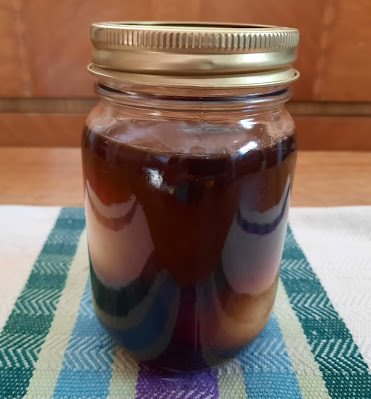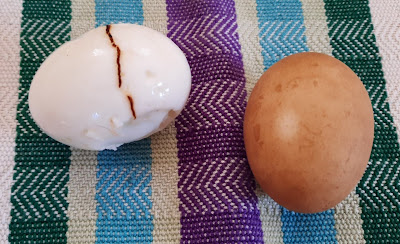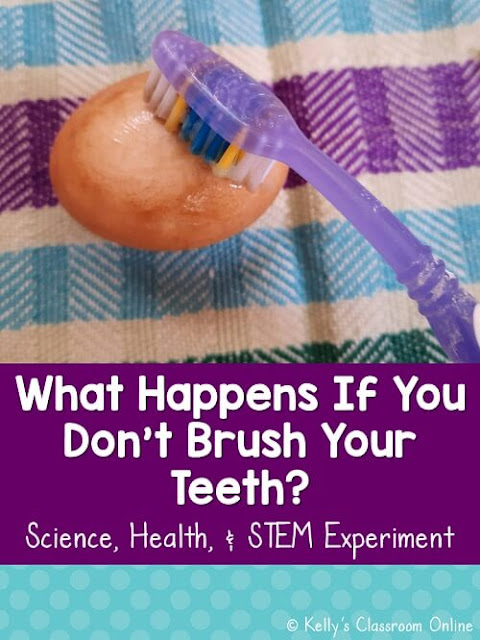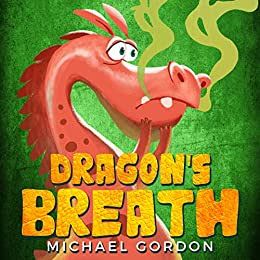Disclosure:
Affiliate links
to Amazon are included in this post.
Learning About Teeth
Before starting this STEM activity with your students, it's important to introduce the purpose of teeth, the parts of the teeth, and why it's important for everyone to brush them. There are many ways to teach these concepts, so feel free to teach them in a way that works for you. However, your students should become familiar with these related vocabulary words:- enamel
- decay
- cavity and cavities
- health and hygiene
- germs
- bacteria
- infection
Reading Dragon's Breath
About Dragon's Breath
Author's Summary: What happens when a dragon doesn't brush his teeth? Well…we all heard about the ''dragon's breath’’. That's why learning proper dental care is really important for a little boy and his friend Dragon Joe.- Teach the importance of brushing teeth in a cute and fun way
- Create more positive attitudes in preschoolers
- The perfect book for kids who love dragons
- Solutions that help keep teeth clean and healthy
🍎 Title: Dragon's Breath
🍎 Author: Michael Gordon
🍎 Illustrator: Michael Gordon
🍎 Publisher: self-published
🍎 Date: October 6, 2018
🍎 Pages: 28

Eggs and teeth are similar in that they both have layers and contain
calcium. They both have a protective outer layer that protects the
delicate insides where nerves, blood vessels, etc. are located. Teeth
are protected by enamel, and eggs are protected by a cuticle (or
'bloom'). Have you ever had a cavity? Have any of your students
had cavities? Cavities happen when a hole forms in a tooth's enamel.
When these protective coatings are broken or worn away, bacteria can
get into the inner layers and cause infections. Ouch!





🍎 Illustrator: Michael Gordon
🍎 Publisher: self-published
🍎 Date: October 6, 2018
🍎 Pages: 28
What Happens If You Don't Brush Your Teeth?
Now that you've read and discussed Dragon's Breath with your students, it's time to plunge into this science and STEM activity!You Will Need
- jar with a lid (glass or plastic)
- hard-boiled eggs (both cracked and uncracked)
- dark soda such as Coke, Pepsi, or Dr. Pepper
- toothbrush
- toothpaste
Day One
This STEM experiment will take a couple of days and is best when
completed over the weekend. Start the experiment on a Friday.
Finish it on the following Monday.


Take a look at some unbroken hard-boiled eggs with your
students. Remind the students that these eggs represent our
teeth. What do they look like? What do they feel
like? How do they smell? Now take a look at some cracked
hard-boiled eggs. They are still clean and smooth, but the
protective coating has been broken... kind of like what happens when
we get a cavity.

Many children enjoy drinking soda. Heck, many adults do
too. Take your hard-boiled eggs... both cracked and
uncracked... place them in your jar, pour your dark soda over them,
and close the lid for safekeeping. What do your students think
will happen to the eggs? Do they think the soda will affect
the cracked and uncracked eggs differently? If you have time,
record their comments on an anchor chart.

Two Days Later
After a couple of days, remove the eggs from the soda and let them
air dry on a paper towel. How did these eggs change?
They are stained and have dark spots. How do they smell?
In some cases, the texture of the eggs may have changed if the soda
dissolved the eggs' protective cuticle. Take a closer look at
the cracked eggs. What happened to them? Unpeel some of
the cracked eggs. Oh no! What happened to the egg
whites?
When the eggshells cracked, it allowed the soda to get inside of
the eggs. The cracks in the eggshells are like the cavities we can
get in our teeth!
Note: Do NOT eat or taste these eggs. Since
these eggs haven't been refrigerated for a few days, you and your
students can get food poisoning from them.

Someone in your class will almost certainly ask what would happen if
you were to try to get rid of the stains. That's why you need toothpaste and a toothbrush. (If they don't ask, pose the
question for them.) Put some toothpaste onto the brush and
'brush' one of the eggs in the same way you'd brush your
teeth. Hmmm... some of the stains will come out... but not all
of them! What can be learned from this activity?

This dental health STEM activity can be modified to meet your
learning needs. You can introduce variables by using different
types of eggs, liquids, and toothpaste. Another variable you
can change is the length of time the eggs are soaked in the
soda. What are some other ways you can modify this
experiment?
Many people believe that drinking juice is a healthy alternative
to soda. Juice is good for our bodies... but is it good for our
teeth? Try soaking some eggs in juice and see what happens...
Did you enjoy reading about this STEM activity? If so, check out
these other blog posts for more STEM experiments:
- Plants: Pumpkin Life Cycle STEM Activity
- Hygiene: Pepper and Soap STEM Experiment
- Density: Sink or Float STEM Experiment with Oil and Water
- Chemical Changes: Hot Chocolate Surprise STEM Activity
- Plants: How to Grow Celery from Scraps
- Plants: Dippin' Dandelions STEM Challenge (TikTok Challenge)
search words: teeth, tooth, dental hygiene month, dental
health month



